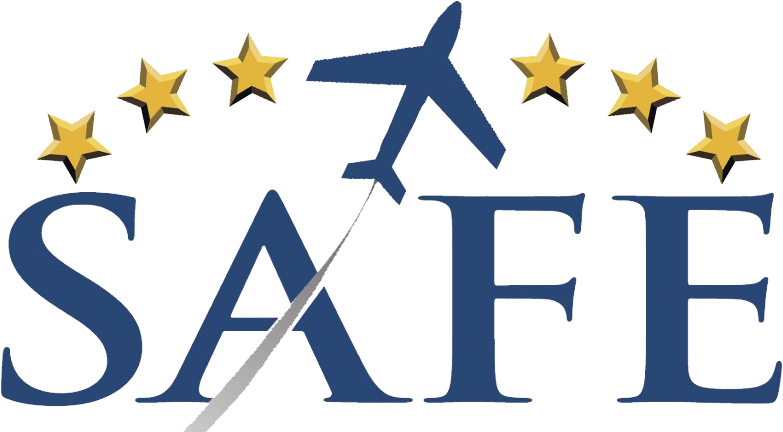The ASI Study on stall/spin accidents provides a very comprehensive analysis of the dilemma that has haunted pilots since the time of the Wright Brothers; Loss of Control In-flight followed by stall/spin (crash/burn). Poor flight training is implicated in this continuing carnage:
The stubbornly high percentage of stalls associated with personal flying (more than two-thirds) may indicate a weakness in typical pilot training. Most pilots are taught to recognize and recover from stalls in a controlled, predictable, and stable environment, with focus on recognition of aircraft response followed by proper recovery technique. Outside the training environment, though, pilots continue to maneuver into the stall envelope unexpectedly with little time to recover. Seemingly, some pilots fly closer to the critical angle of attack than they realize. Adding a little more bank, G-force, or both can trigger an accelerated stall without the slow, predictable performance indicators pilots are taught to recognize…
Stall accidents usually arise from sloppy control inputs and a weak understanding of aerodynamics, which means that an improved training focus on the areas identified in this report can continue to drive down the number of inadvertent stalls.
This analysis provides direct support for SAFE’s Extended Envelope Training (now FAA mandated for the airlines) We all need to train more thoroughly to the edges of the maneuvering envelope. This will be presented in detail at our Sporty’s CFI-PRO™ June 10/11th.
One additional takeaway from this study was highlighting where the stall/spin threat is the greatest; 50% on take-off and initial climb (not the usual base-to-final turn!). Take-Off and initial climb represents 24% of fatalities according to the NTSB.
SAFE member and long-time educator, Dudley Henrique, posted on FaceBook and was most incisive and is copied here (with permission) for your consideration. We all need to teach stall/spin more frequently (and accurately) and emphasize “Code Yellow” vigilance during single every take-off.
The problem here is insidious. First of all stall “training” for the most part is ridiculous and has been for many years. There is a huge emphasis driven by a strange dichotomy within a flight training industry caught between a need to “sell” aviation as a comfortable and safe endeavor and an unwritten law that stresses a need to avoid “scaring” students Add to this in many cases instructors who themselves feel “uneasy” in any stall entered above 1g and you have what we have now, a GA community where everybody is happy “avoiding” stalls as opposed to feeling comfortable and completely trained in what stalls are and how to be comfortable with them.
All this has resulted in a training community dedicated to keeping exposure to the stall environment as comfortable as possible for the student AND the instructor!
The answer to the stall problem isn’t obvious and needs to be said over and over again by instructors who DO understand what is needed.
To train a safe and competent student working within the current FAA structure, CFI’s MUST teach above and beyond the flight test requirement. Instructors must first become comfortable themselves in the stall environment by adding to their own training, especially in the area of stall above 1g and in cross control where the real danger lies.
Instructors have to learn to talk to students; make them comfortable in the left side of the envelope, and TEACH their students that there is absolutely nothing to fear from stalls when a pilot knows what to expect and how to deal with it.
To address the point on takeoff stall:
This is obviously a training issue. Students HAVE to be taught to control angle of attack on rotation. No pilot who understands what is present at rotation will have any issue avoiding a stall as the plane leaves the runway. All the bad guys are present as a plane rotates; low airspeed, increasing alpha, P Factor as the prop disk forms an angle with the relative wind, gyroscopic precession as the prop rotates in pitch, spiraling slipstream forces, and of course torque (in roll).
The solution requires instructors to stop reading the FAA requirements that attempt to dot every I and cross every T and instead start TEACHING PEOPLE TO FLY THE DAMN AIRPLANE !!!!!!!!!!!!!!!!!!!!!!!
SAFE highly recommends exposure of all students in training to secondary stalls. Failure to understand angle of attack (“an airplane only stalls nose high” training myth) is at the root of many accident surprises. Failure to automatically “unload” in an upset is critical to safety.
Get ready for spring with ASI’s new “Spring Tune-Up” advice: https://youtu.be/G4EstJP2N9E Fly safely out there (and often!)

SAFECFI-PRO™ workshop is open to every aviation educator at every level (even if you are working on your CFI?) June10/11 at Sporty’s Pilot Shop.
is open to every aviation educator at every level (even if you are working on your CFI?) June10/11 at Sporty’s Pilot Shop.
Join SAFE to support our safety mission of generating aviation excellence in teaching and flying. Our amazing member benefits pay back your contribution (15% off your ForeFlight subscription)! Our FREE SAFE Toolkit App puts required pilot endorsements and experience requirements right on your smartphone and facilitates CFI+DPE teamwork. Our CFI insurance was developed by SAFE specifically for CFIs (and is the best value in the business).

